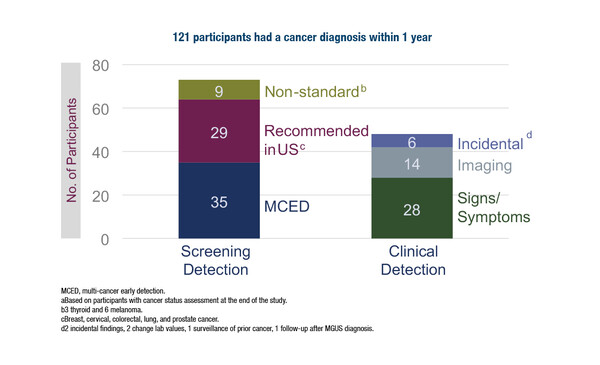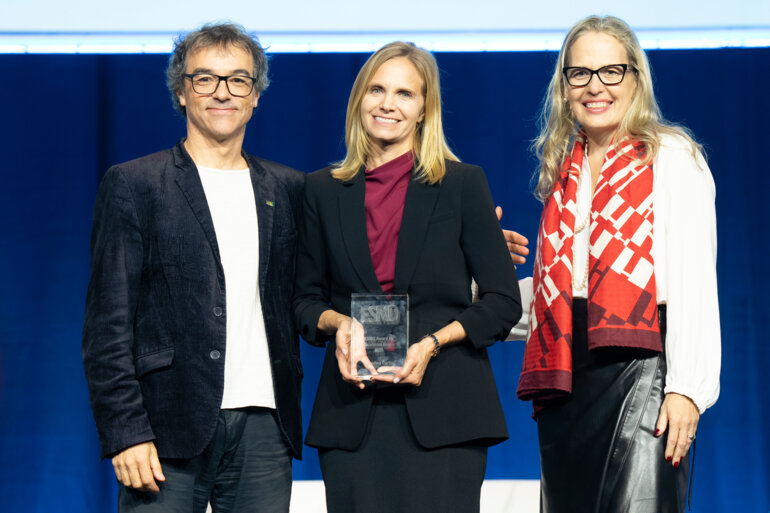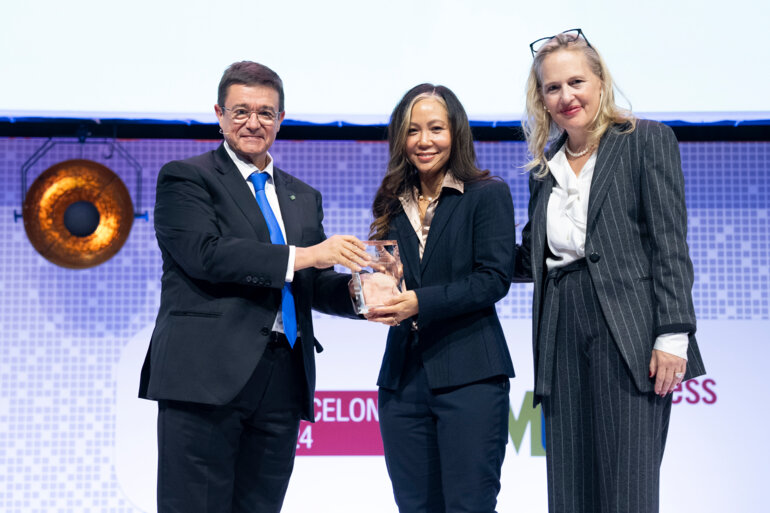Despite the promises shown by some innovative technologies in the studies presented, they will not replace existing diagnostic modalities soon
Although liquid biopsies have the potential to be used for early cancer detection or screening, application of these innovative technologies into clinical practice is still in its infancy due to many barriers, including the need to improve sensitivity and the limit of detection (LOD) of multi-cancer tests, as two studies presented at ESMO Congress 2022 highlight.
In the prospective PATHFINDER study (NCT04241796) evaluating a multi-cancer early detection (MCED) blood test in a screening population, data showed a low positive predictive value of 43.1% for the detection of early-stage cancer but a high (98.5%) negative predictive value; the cancer signal origin prediction accuracy was also high at 88.0% (Abstract 903O). In a second study, the prospective Pan-canceR early detectiOn by Multi-omIcS biomarkErs study (PROMISE) (NCT04972201), results showed that sensitivity and specificity of a multi-cancer detection blood test were high for the detection of nine different cancers (Abstract 909P).
“Both these studies are useful to improve the understanding of the biological behaviour of tumours,” says Dr Umberto Malapelle from the Department of Public Health at the University of Naples Federico II, Italy, “one of the problems from a biological perspective is a low quantity of bioanalytes, so the assays are not yet ready for use in clinical practice. At an early stage, in fact, the quantity of circulating tumour DNA (ctDNA) is not high and a combined assessment of different biological aspects may be needed to improve sensitivity, for example point mutation insertion and selection or DNA methylation. Some tests that combine the detection of DNA methylation and mutation and have shown improved LOD.”
Toward this direction, a large multi-centric, multi-cancer study presented at the Congress evaluated the use of an electric-field molecular fingerprinting technique as a potential complementary analytical tool for cancer detection and screening (Abstract 90P). Infrared molecular fingerprints of plasma and serum were assessed in patients with different solid tumours (focusing on breast, bladder, prostate and lung cancer) and matched reference individuals. Employing machine learning data analytics, area under the receiver operating characteristic curves (AUC) of 0.78–0.89 were obtained, along with a correlation between AUC and tumour load. The spectral signatures were found to differ between different cancer types, allowing the distinction between different cancers in a single measurement.
Malapelle considers this to be an interesting study, “We need this type of study to combine different types of methodologies that analyse the biological and physical aspects of tumours. This allows the possibility to improve the sensitivity and specificity of these assays and the detection rate for different tumours. This is useful for the metastatic setting and to detect cancers in the early stages of disease.”
Not to be overlooked is the impact of screening tests on patient wellbeing. Another analysis from the prospective PATHFINDER study (NCT04241796) explored the potential for MCED testing to cause anxiety and distress in individuals with a positive test result (Abstract 908P). Malapelle considers this to be a really important point, “This analysis is a reminder of the need to assess reliable tools because when you detect a cancer via this type of test, the patient often has no clinical symptoms and is unaware of the risk of a potential diagnosis.”
Finally, accessibility to multi-cancer tests using liquid biopsy still represents a major limitation to their adoption in clinical practice. “From a clinical point of view, we know we can improve on the proportions of patients who can undergo multi-cancer testing, but first we need to identify laboratories that are able to perform these types of tests and overcome economic barriers, especially in developing countries,” says Malapelle commenting on another presentation which reported the development and verification of a new model, PulmoSeek Plus (Abstract 905MO). The PulmoSeek Plus combines a clinical and imaging biomarkers model with a previously established ctDNA methylation model (PulmoSeek). The authors suggest that 89.0% of unnecessary surgeries and 73.0% of delayed treatments could have been avoided if PulmoSeek Plus had been used to classify pulmonary nodules. Malapelle advises of the need for a worldwide approach to overcome of technical barriers, “Most technologies use real-time PCR (RT-PCR) rather than next-generation sequencing (NGS). RT-PCR is perceived as being less expensive than NGS but this is not necessarily true. We need to consider that NGS can examine over 200 genes simultaneously, whereas this is not possible with a single gene test, such as RT-PCR. We need to improve on the numbers of patients who can access this type of test by working on barriers, including cultural barriers, and improving education and access to NGS technology.”
Abstracts presented:
Beer TM, et al. A prospective study of a multi-cancer early detection blood test. ESMO Congress 2022, Abstract 903O
Proffered Paper Session, 11.09.2022, h. 16:30 – 18:00, Orléans Auditorium
He J, et al. Synergistic combination of clinical, imaging and DNA methylation biomarkers improves the classification of pulmonary nodules. ESMO Congress 2022, Abstract 905MO
Mini Oral session: Basic science & translational research, 11.09.22, h. 14:45– 16:15, Dijon Auditorium
Gao Q, et al. A multi-cancer early detection model based on liquid biopsy of multi-omics biomarkers: A proof of concept study (PROMISE study). ESMO Congress 2022, Abstract 909P
Poster display, Hall 4. An e-Poster is also available on the Congress virtual platform
Zigman M, et al. Infrared molecular fingerprinting – a new in vitro diagnostic platform technology for cancer detection in blood-based liquid biopsies. ESMO Congress 2022, Abstract 90P
Poster display, Hall 4. An e-Poster is also available on the Congress virtual platform
Schrag D, et al. Evaluation of anxiety, distress and satisfaction with a multi-cancer early detection test. ESMO Congress 2022, Abstract 908P
Poster display, Hall 4. An e-Poster is also available on the Congress virtual platform







